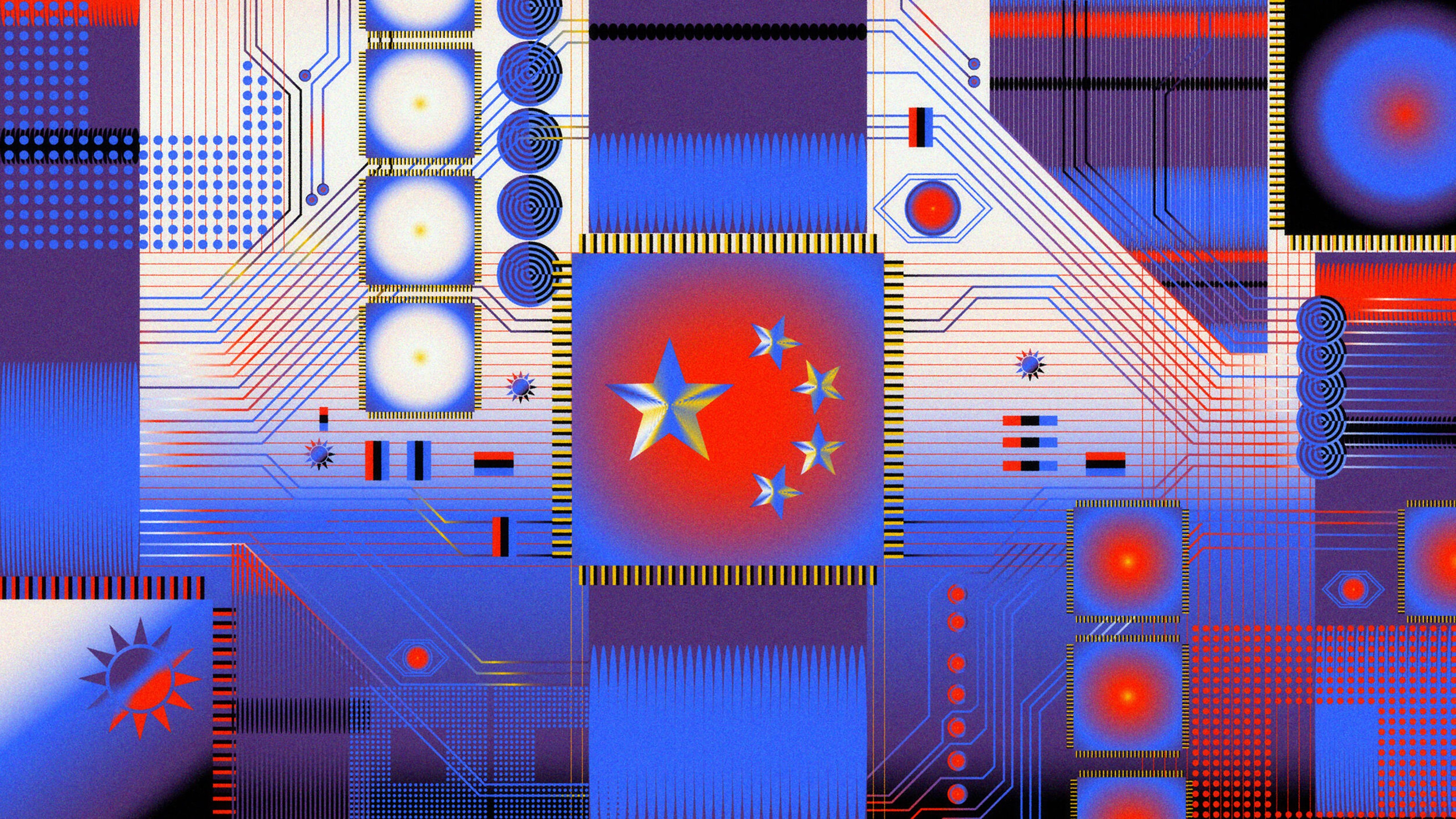How You Can Profit from 3D Printing

When I first discovered 3D printing several years ago, I instantly knew it was magical. My mind was blown by the technology: an almost infinite amount of shapes can be “grown,” layer by layer, just by using a printer. This is going to be disruptive, I knew. It would empower entrepreneurs, freeing them from the constraints of traditional manufacturing. So I set off to explore the technology and the industry building up around it.
The journey was an emotional roller coaster of exuberant heights matched by lows of disillusionment. I would get excited to learn that General Electric was making a new part for a jet engine never before possible without 3D printing. But then I would think about how that could apply to my life—what did I know about making and selling jet engines?—and that magical promise of freedom would feel so distant and inaccessible. Then the excitement would return upon reading articles about people using 3D printers to make prosthetic limbs that are far more affordable.
The possibilities seemed endless, and also overwhelming. Where should I start? What tools would I need to learn? How would I gain access to a printer without paying thousands of dollars? I pushed forward. I taught myself the tools. I bought a 3D printer. I even started teaching classes. Because of the growing hype I suddenly found myself being asked to give lectures to audiences of hundreds of people. Then, the consulting projects started rolling in. And even while all that was happening, I still had a feeling of disillusionment nagging at me.
I would feel the excitement around how 3D printing can fuel someone’s creativity and break down barriers to becoming an entrepreneur. But the next day I would teach a class about it and see my students struggle in the same way that I had, frustrated and overwhelmed by not knowing how to turn the technology into a business. On bad days, my obsession with 3D printing could feel like a glorified hobby involving loudly colored plastic.
After so many ups and downs, I finally refined my thinking and distilled my understanding of the possibilities of the technology down to some real actionable paths. I found that you can make money and become your own boss thanks to 3D printing. I am now about to save you at least a year’s worth of time and all the ups and downs of that emotional roller coaster that I and others have gone through. Here are three tried and tested ways that you can make money with 3D printing.
Create and sell designs. This is the most affordable and easiest way to get started. It’s essentially like creating a smartphone app and selling it for royalties.
* Start by learning from free CAD tools like Trimble Sketchup or TinkerCAD. Most beginners are surprised by how easily they can whip up a complex looking design after a few tutorials. Sophisticated and professional quality designs can be made with these tools. Make sure to leverage the available online tutorials and communities for help.
Invent a design.
* Leverage the power of 3D printing by creating complex shapes easily, customize designs cheaply, or create moving parts which require no assembly.
Need inspiration? Spend time perusing the 40,000+ designs on thingiverse.com to marvel at the creativity and possibilities shared by others.
* Once your design is complete in CAD, make sure it’s 3D printable (or “watertight,” in industry jargon). Other free tools like netfabb or the Solid Inspector plugin for Sketchup will find and correct errors you inadvertently created.
* Now with your ready-to-print file, you just need to find an outlet to sell it. Sites like CG Trader are pure design marketplaces which allow users to search for 3D printable designs and print them on their own 3D printers. Other sites like Shapeways or i.Materialise allow similar services.
Buy a 3D printer and offer a 3D printing service. While the concept is simple, this option is not quite as easy. It will require an investment of hundreds to thousands of dollars to acquire a printer.
* The first step is to select a printer that has the right balance of cost, output quality, versatility, and ease of use.
* Once you have the printer in your home or office you will need to spend ample time experimenting with it and mastering its intricacies. You will need to understand how variables like layer height, extrusion temperature, and travel speed will impact your print job. You will need to know how to select appropriate feedstock and optimize it based on the material type. Even the software you choose to turn the printable file into machine code (G-code in industry jargon) can influence the output. Many printers come with their own software to do this, but you may get different (perhaps better, in some cases) results with the open source replicator G, for instance. This in itself can be a fun path of discovery.
* Once you are confident in your expertise you can enter the fray by offering your services as part of one of the emerging 3D printing networks. These are turnkey solutions with support for invoicing and shipping that allow you to list your printer and accept orders from people with designs they want printed. Currently, the largest such network is 3D Hubs.
Come up with a novel online product/service that leverages 3D printing. This opportunity requires the most money and creativity, but it also has the highest return potential. Here, you are making an online business where you sell a product revolutionized by 3D printing or some other related service.
* The key to coming up with a valuable service comes back to the freedoms inherent to 3D printing. For instance, the ability to easily modify designs lends to automated customization of products. Users can self-create customizations on your website and let 3D printers do the work. For inspiration, consider examples like the custom 3D figurines of Shapify or the new site for custom shoes called Feetz.
* Once you have crafted a service, develop your website. Website design has become fairly streamlined and commoditized. Mainly you will want to focus on the features that uniquely leverage 3D printing. The output of your website will be ready to print models.
Once your website design is underway, next secure a means to fabricate orders.
* If your website takes off, you will want professional grade equipment costing tens or hundreds of thousands of dollars. While you are building up to that, you can start out by partnering with an existing 3D printing service provider. These are firms that own banks of professional grade 3D printers and will print objects for you for a fee. There are many of these around the country; one of the biggest is called Solid Concepts.
* You will want to develop your operational processes so that the path from the process of clients customizing and placing their orders, to that order being turned into a print-ready design, to the design being sent over to the 3D printer or service bureau, to the object being printed, finished, and shipped is as streamlined as possible. If you are working with a service bureau you will want to make sure to reduce the administrative burden of billing and shipping as much as possible.
Now, bring forth the magic. Before social media could be invented, the Internet needed hoards of developers for basic websites. Likewise, 3D printing needs a critical mass of printing capacity, designs to exercise those printers, and hoards of people developing new uses for them. Working to build that foundation now can put money in your pocket, but more importantly it can set you up to invent, or at least have a front row seat, to the birth of 3D printing disruptions that are sure to come. This is how the 3D printing revolution will unfold: by more and more tenacious creative people creating businesses around 3D printing. The more people use this technology, the more we will figure out the optimized place for 3D printing in our world. Be early to this shift, because it is coming.





